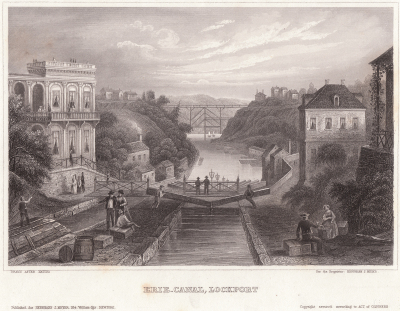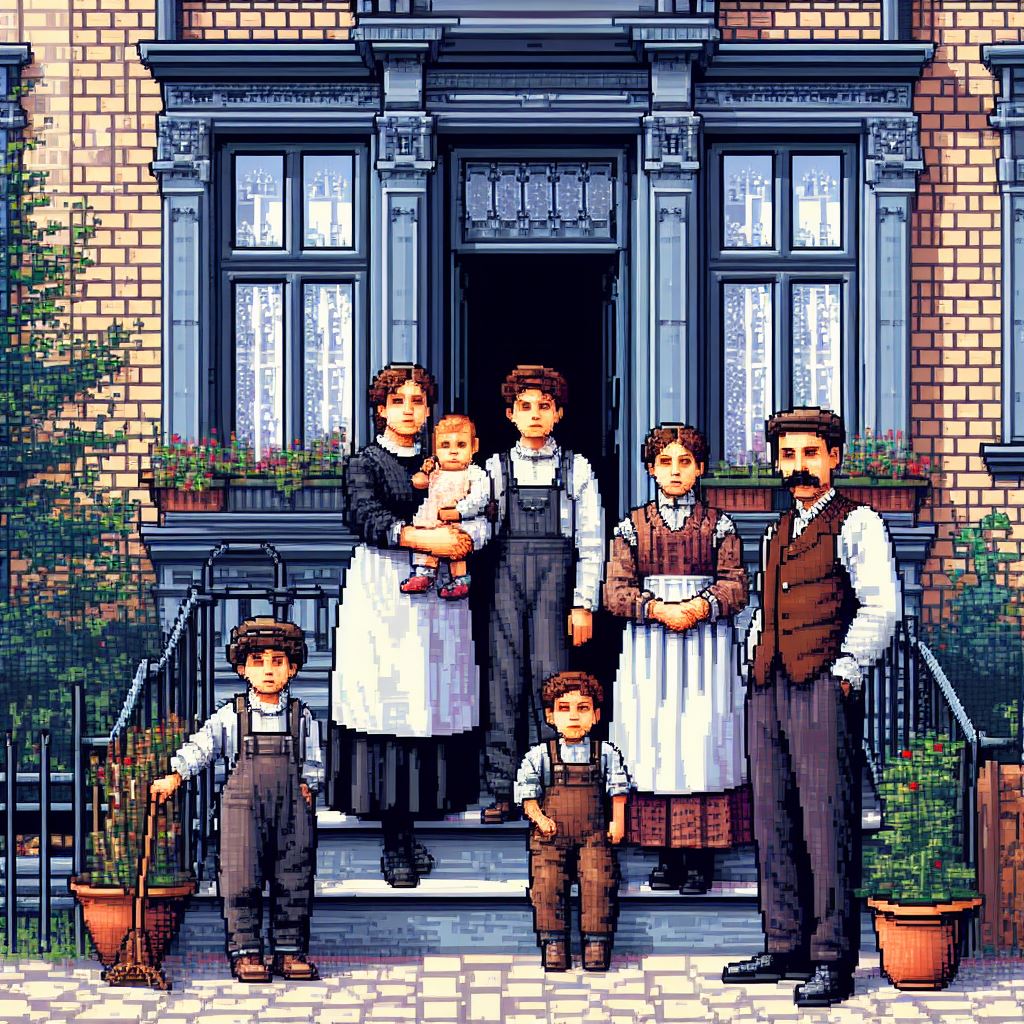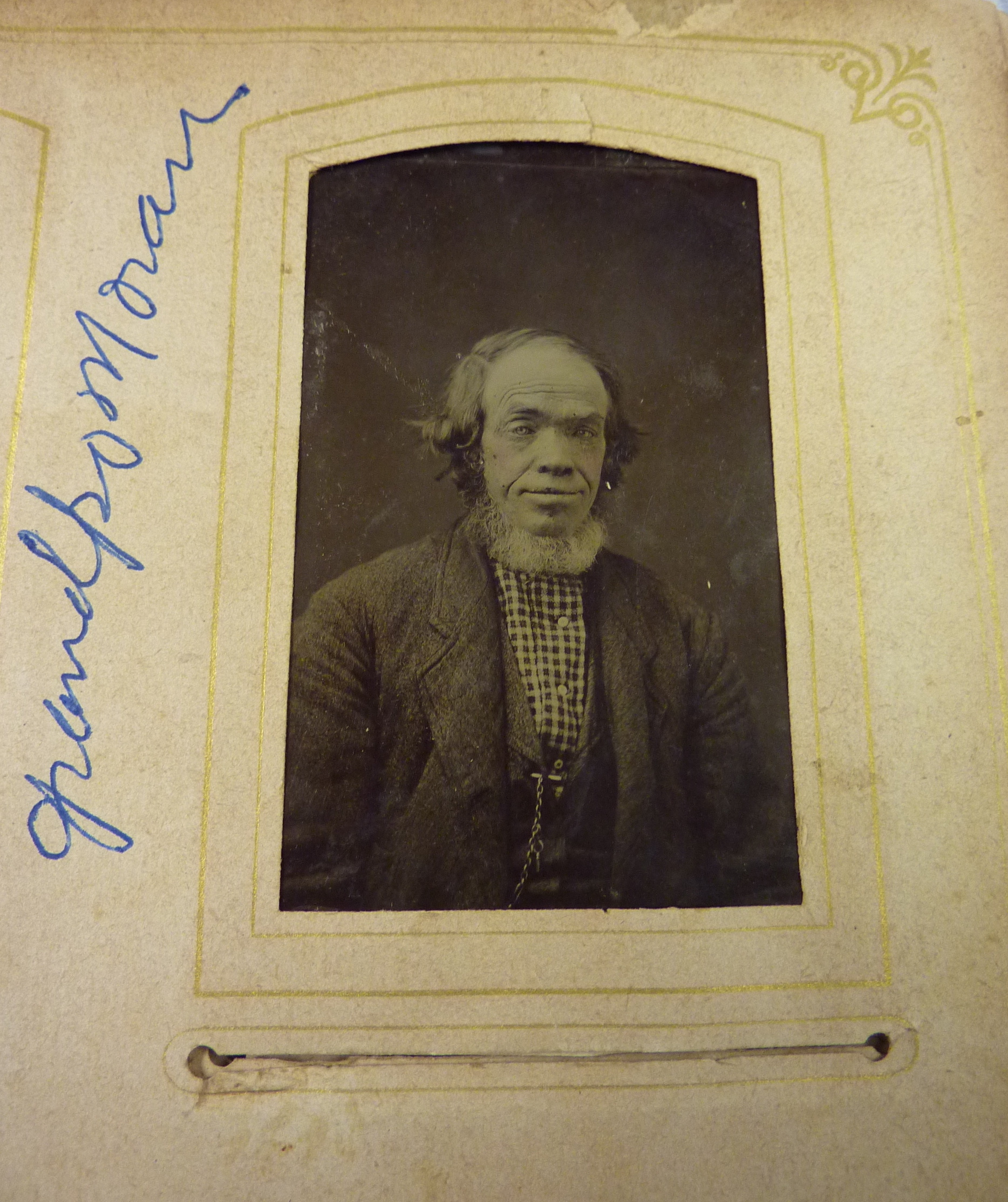 The thirty-seventh ancestor in my 52-week challenge, is my paternal 4th-great-grandfather, Michael John CORRIGAN. He is the furthest back that Corrigan researchers have been able to track, as far as I know. Michael and his wife have a lot of descendants. Out of all of my lines, I have met and connected with more descendants of their’s than most others. Maybe their descendants just like to do genealogy more?
The thirty-seventh ancestor in my 52-week challenge, is my paternal 4th-great-grandfather, Michael John CORRIGAN. He is the furthest back that Corrigan researchers have been able to track, as far as I know. Michael and his wife have a lot of descendants. Out of all of my lines, I have met and connected with more descendants of their’s than most others. Maybe their descendants just like to do genealogy more?
He was born about 1792 in County Tyrone in Northern Ireland. My notes say that he was married on 20 December 1816 in Killeeshil Parish in County Tyrone to Elisabeth Roseann NUGENT. Together, they had a few children in Ireland before something made them leave and come to North America in about 1823. Somewhere during or after this trip, my ancestor, William Corrigan was born. Records say he was either born in the United States and born “at sea.”
They may have come to North America to find work, as they spent a bit of time in New York, possibly helping to build the Erie Canal as the entry on Wikipedia mentions:
Many of the laborers working on the canal were Scots Irish, who had recently come to the United States as a group of about 5,000 from Northern Ireland, most of whom were Protestants and wealthy enough to pay for this caravan.
After that, they moved north and settled in the Brock Township in Ontario, Canada. By the time of the 1852 Canadian Census, they had moved to the Mara Township, which was close by.
While I don’t have exact sources for this information, a Corrigan researcher sent me this a few years ago:
There was a rebellion in 1837 in Ontario and Michael Corrigan was among many families guilty of treason. The majority of them were pardoned and allowed to return on parole for three years after paying a security bond. Briefly, the rebellion was led by William Lyon Mackenzie against the authoritarian system, which culminated early in December 1837 with a abortive attempt to take over the government in Toronto. He had farmers joining him from all over the providence. Most of the rebels were captured or ran away as their take-over was foiled by government troops.
On a list of prisoners held at Parliament House in Toronto, December 13, 1837 was Michael Corrigan along with 312 others jailed there. Michael was arrested January 6, 1838 some weeks after the rebellion was quashed. He was released May 12, 1838 and pardoned on finding security to keep peace and be of good behavior for three years.
Michael passed away on 7 September 1859 in Mara Township. It is assumed he is buried near his wife at Saint Columbkille Roman Catholic Cemetery, in Uptergrove, Ontario, Canada, but his headstone has not yet been found as far as I can tell.
This post is 37 of 52 in the “52 Ancestors in 52 Weeks” Challenge” begun by Amy Johnson Crow.


